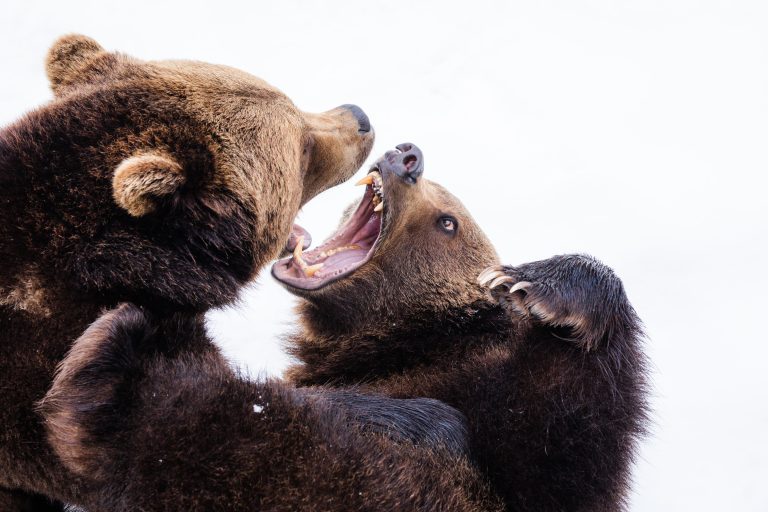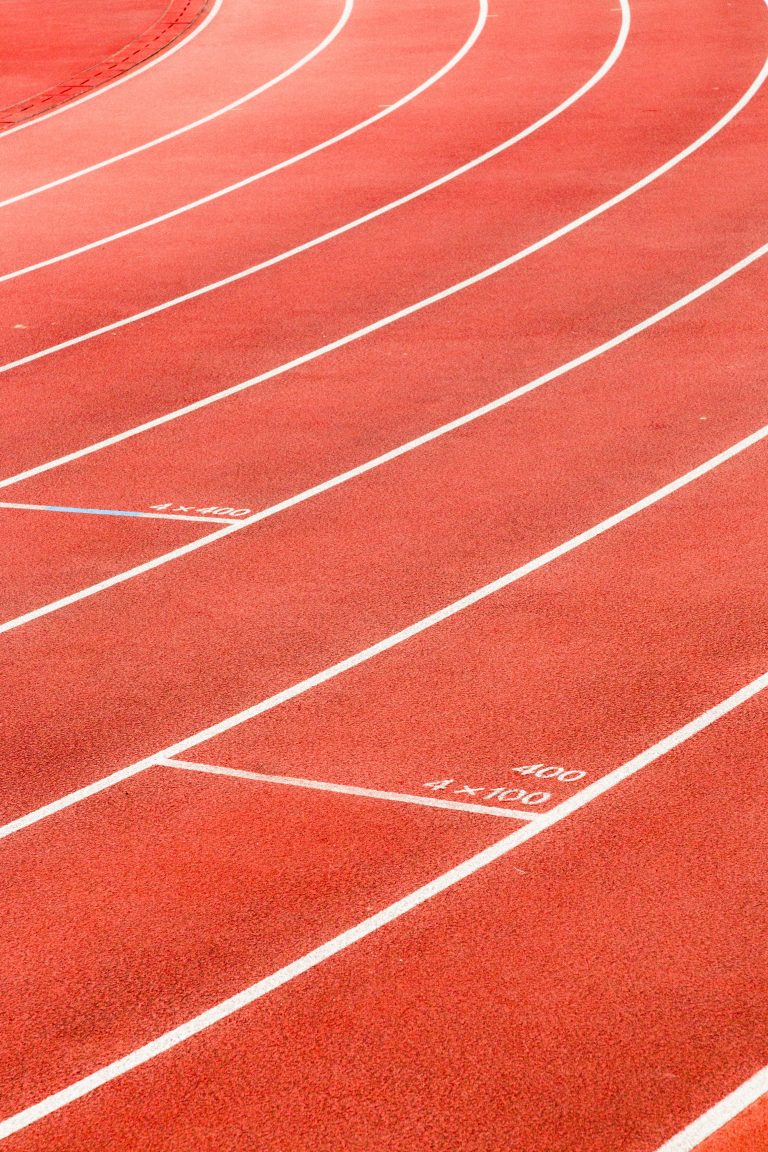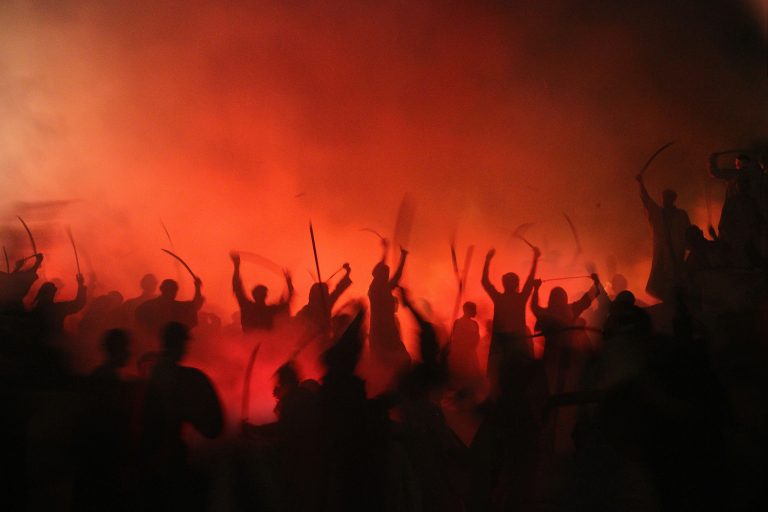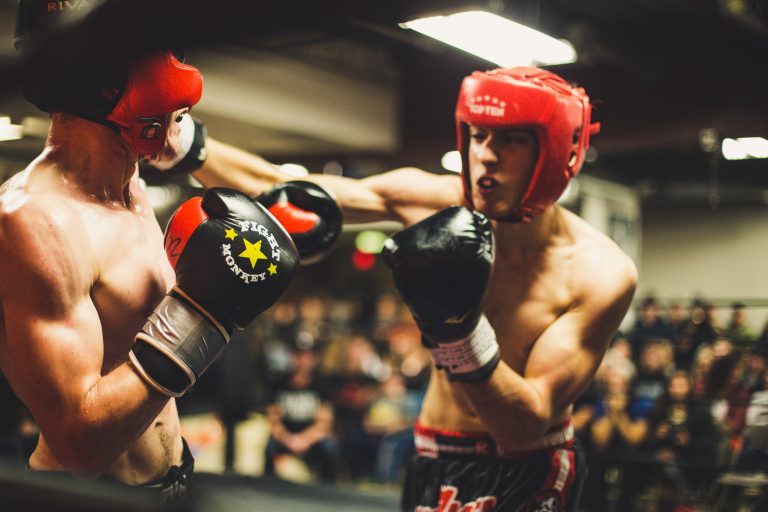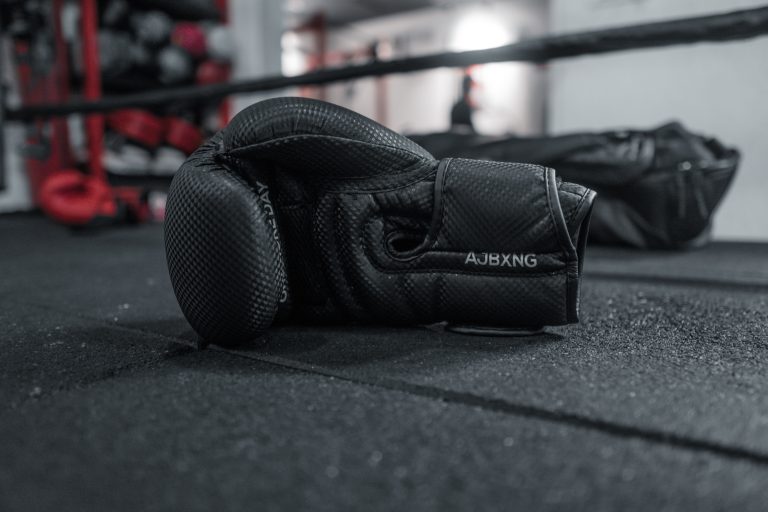How to Greet in Karate: The Ultimate Guide
Karate is not just about punching, kicking or defending oneself. It is a discipline that has a culture of its own. One of the essential aspects of karate is the tradition of bowing or greeting. As a beginner, it can be intimidating, but don’t worry. In this guide, we will teach you the proper karate greeting and its significance.
The Importance of Greeting in Karate
Bow, or rei in Japanese, is an important custom in karate. It is to acknowledge respect towards your partner, opponent, instructor or the martial art itself.
The bow is not about subservience, but rather it ensures that respect is shown equally to everyone in the dojo. It is a way to set the tone of the practice.
Before and after training, you bow towards the dojo or the training hall, towards Sensei, and towards your fellow karateka, inspired by their importance in the journey of karate training. The bow is an essential part of the martial art, and when performed incorrectly, it can display dishonor and disrespect.
How to Greet in Karate
In Karate, there is a specific way of showing respect through greetings. Here is the step-by-step guide on how to greet in Karate.
The Standing Bow
1. Stand with your feet together, legs straight, and knees slightly bent, with your hands on your sides.
2. Then step your left foot out to form a shoulder-width stance.
3. Cup your right hand with your left.
4. Place the cupped hands in front of your chest with your arms straight.
5. Bow your head slightly while keeping your eyes on your partner.
The Seated Bow
1. Sit in a seiza or cross-legged position if seiza is not comfortable for you.
2. Once seated, place your hands on your lap with palms up.
3. Lean forward and place your palms on the floor in front of you.
4. Bow your head and neck to acknowledge respect.
Common Mistakes to Avoid
Although bowing may seem straightforward, there are some common mistakes people make while greeting in Karate.
Bow too deeply
It is common for beginners to bow too deeply while showing respect to individuals. You should maintain a shallow bow with around a 15-degree angle. Overdoing the bow is considered disrespectful.
Looking away while bowing
When training in karate, your eyes are an essential tool for maintaining proper balance and focus. While bowing, it is critical to keep your eyes fixed on the person you are bowing to. If you do not, it will display disinterest and indifference.
Not bowing towards the appropriate individuals
In karate, it is customary to bow towards multiple individuals, including Sensei, training partners, and the dojo itself. If you are not sure who to bow to, pay attention to the people around you and follow their lead.
Introduction
Karate is a martial art that originated in Okinawa, Japan. It is a form of self-defense that involves a combination of strikes, kicks, and blocks. However, karate is not just about physical training, it is also about mental discipline and respect. One of the most important aspects of practicing karate is understanding how to greet your fellow karateka or karate practitioners. In this post, we will answer some of the most frequently asked questions about how to greet in karate.
What is the significance of greeting in karate?
In karate, greeting is called rei. It is a sign of respect and gratitude for your training partners, instructors, and the art itself. Rei is performed before and after training, and also when entering and leaving the dojo (training hall). Rei is an integral part of the karate culture and helps to create a positive and harmonious training environment.
What is the proper way to bow in karate?
Bowing in karate is a form of rei. There are two types of bowing in karate: standing bow and kneeling bow. The standing bow is performed while standing upright, and the kneeling bow is performed while kneeling on one knee. Here are the steps to perform the standing bow:
1. Stand upright with your feet shoulder-width apart and arms hanging loosely by your sides.
2. Take a deep breath and exhale slowly.
3. Raise your hands to chest height, with your palms facing downwards.
4. Lower your head and eyes, and bow forward from the waist. Your upper body should be at a 30-degree angle.
5. Hold the bow for a few seconds, then raise your head and eyes and lower your hands back to your sides.
For the kneeling bow, follow the same steps but kneel down on your left knee first, then your right knee. When standing up, rise first on your right knee, then your left knee, and bow.
What should you say when performing rei?
When performing rei, you should say „onegaishimasu“. This phrase can be translated to mean „please“ or „I ask for your help“. It is a way of showing humility and respect for your training partners and instructors. When someone says „onegaishimasu“ to you, you should respond with „domo arigato gozaimashita“, which means „thank you very much for your help“.
When should you perform rei?
Rei should be performed before and after training, as well as when entering and leaving the dojo. In addition, when working with a partner, you should bow to each other before and after practicing drills or techniques. Rei should also be performed when greeting your instructors or senior practitioners.
What is the significance of the rei ceremony in karate?
The rei ceremony is an important part of karate training. It is a way of showing respect for your training partners, instructors, and the art itself. It also helps to create a positive and harmonious training environment. The rei ceremony begins and ends each training session, and involves performing rei to the shomen (front of the dojo), the instructor, and then to each other.
How to Greet in Karate
Karate is a Japanese martial art that originated in the Ryukyu Kingdom during the late 19th century. One of the most important aspects of karate is respect, which is conveyed through proper greetings. In this article, we will discuss how to greet in karate step-by-step.
Step 1: Bowing
Bowing is an essential part of karate that represents humility, sincerity, and respect. To perform the bow, stand straight with your arms at your sides, then slightly bend your knees while keeping your back straight. Bow at the waist while looking down, then return to a standing position.
Step 2: Formal Greeting
In karate, a formal greeting is called „Ritsurei.“ To perform a formal greeting, stand in seiza, which is the traditional way of sitting on your knees with your toes pointed backward. Bow once, then sit back on your heels in a kneeling position. Place your hands on your lap, with your left hand on top of your right hand, and both palms facing up. Bow again and say „onegaishimasu,“ which means „please“ or „thank you“ in Japanese.
Step 3: Informal Greeting
An informal greeting is called „Shinzen ni Rei.“ To perform an informal greeting, stand in heiko dachi, which is a natural standing position with your feet shoulder-width apart. Bow once while saying „Osu,“ which is a shortened version of „osu no seishin,“ meaning „perseverance“ or „patience.“ „Osu“ is a common greeting used by martial artists to show respect and acknowledge others.
Step 4: Returning the Greeting
In karate, it is important to always return the greeting. To return the greeting, follow the same steps and bow in the same way as the person who greeted you.
Step 5: Respectful Attitude
Besides the physical act of greeting, having a respectful attitude is important in karate. Treat your seniors, instructors, and fellow students with respect, and always strive to improve yourself. This attitude is reflected in the way you greet others, and it helps create a positive learning environment.
Conclusion
Greeting is an essential part of karate that reflects the values of respect, humility, and sincerity. By following the steps outlined in this article, you can greet others in karate appropriately and show respect to your fellow students and instructors. Remember to always maintain a respectful attitude and strive to improve yourself.
Inhaltsverzeichnis

